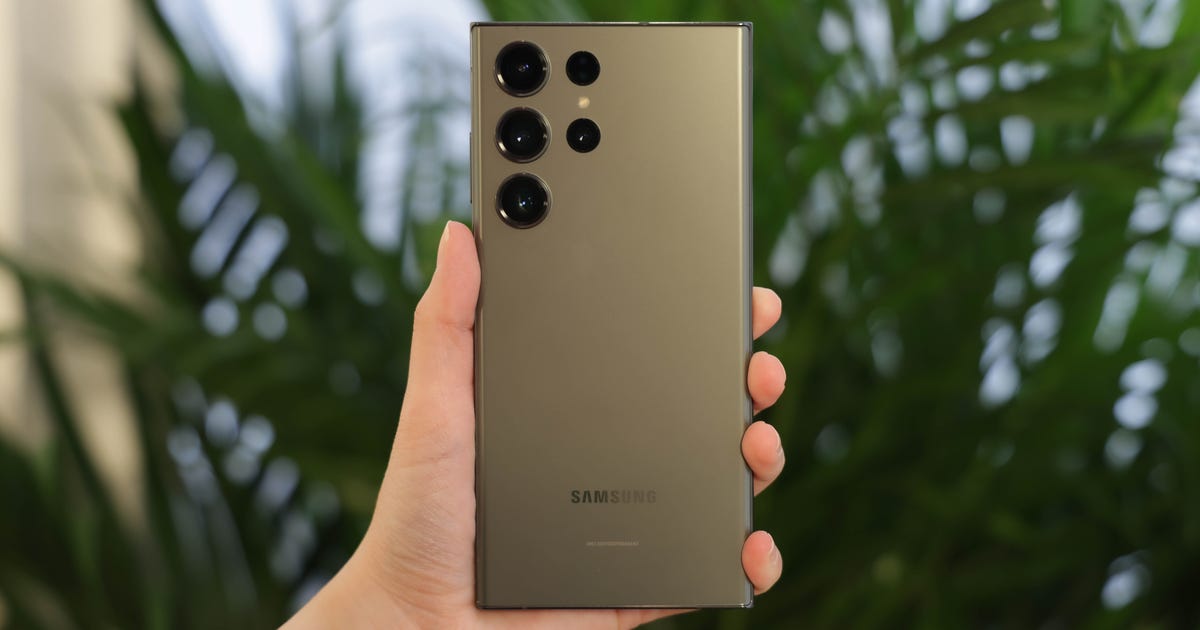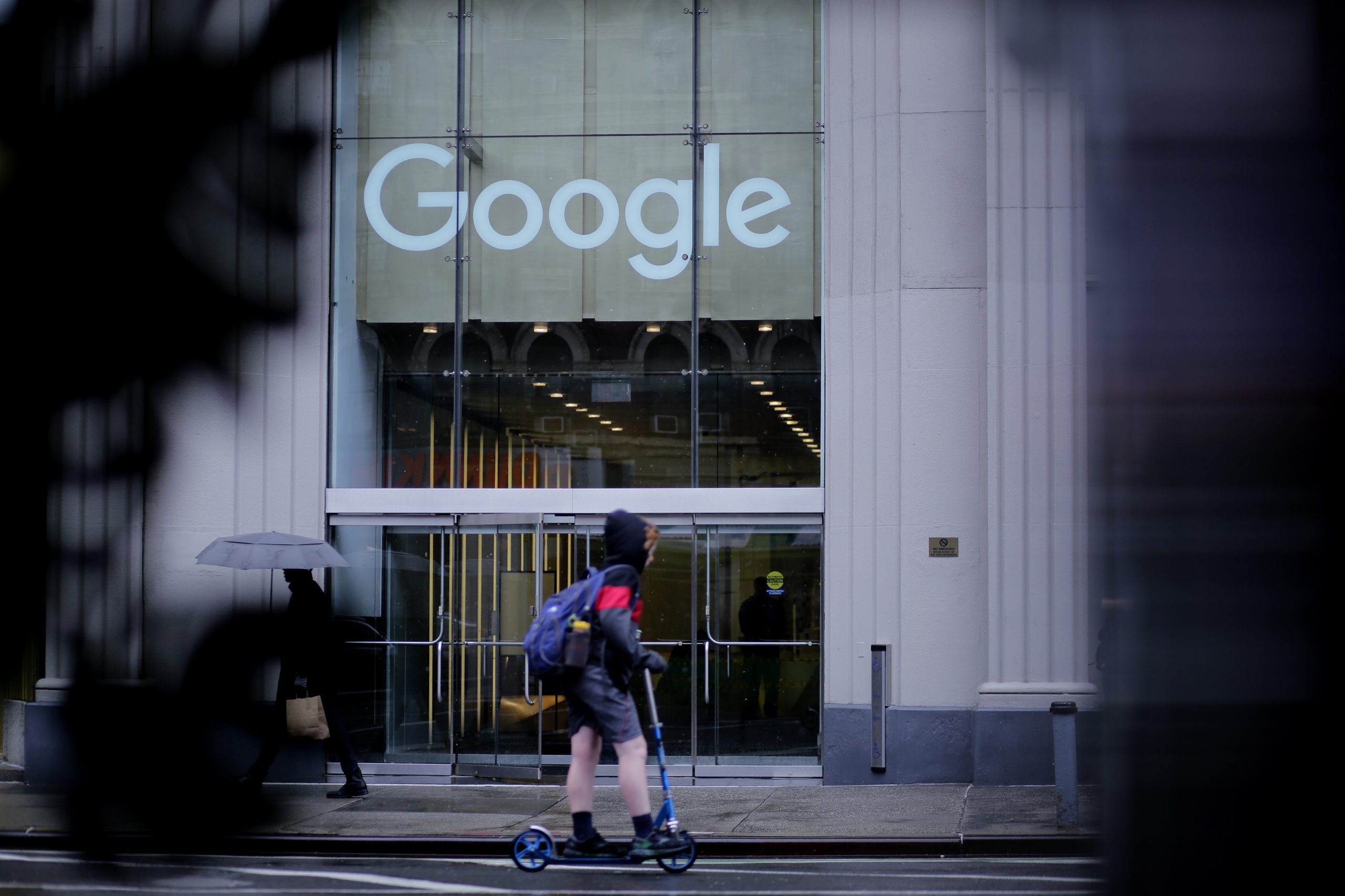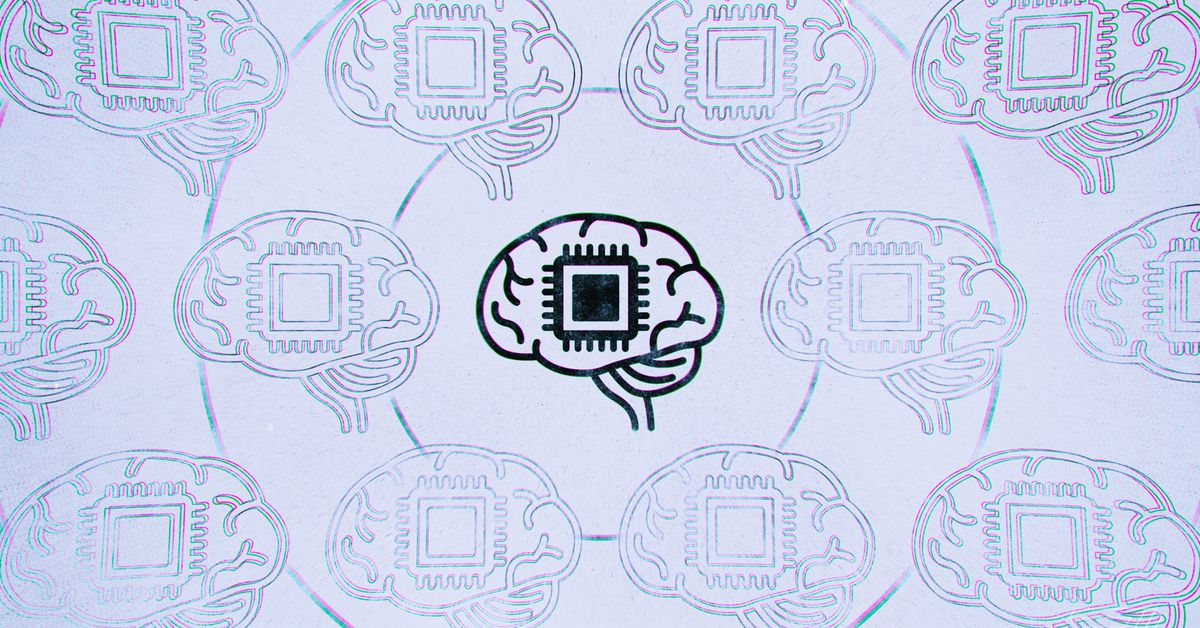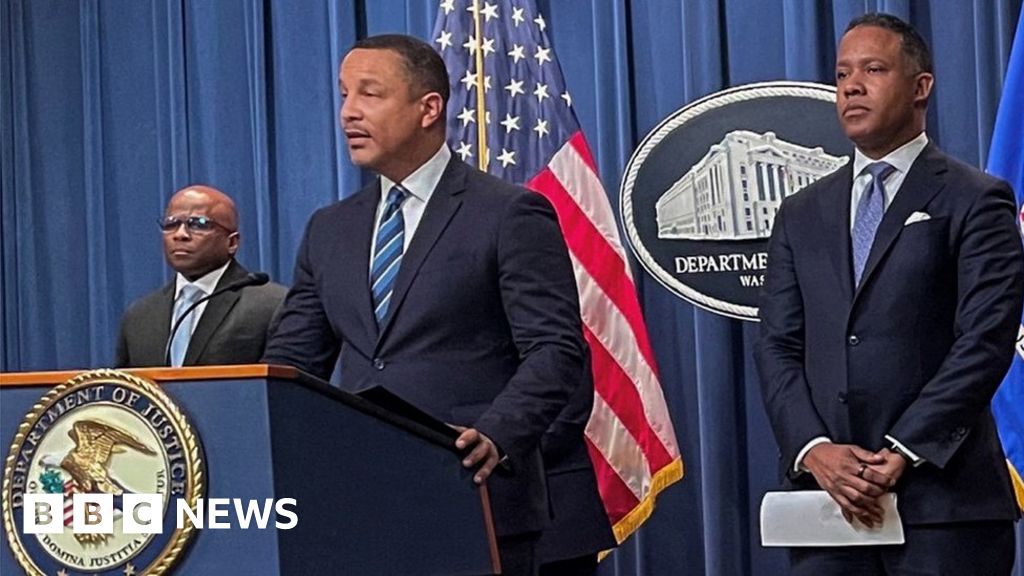This story is part of Samsung Event, CNET’s collection of news, tips and advice around Samsung’s most popular products.
Samsung’s $1,200 Galaxy S23 Ultra is all about the cameras. The tech giant spent much of its keynote at San Francisco’s Masonic Auditorium on Wednesday flaunting how well its new cameras can capture more colorful photos and cinematic videos. Film director Ridley Scott even made an appearance in Samsung’s promotional clip.
I’ve only spent a day with the Galaxy S23 Ultra so far, but some of the camera upgrades are already noticeable. Portraits taken in low light, for example, seem more vibrant and flattering.
The Galaxy S23 Ultra is one of three new phones Samsung announced, alongside the $800 Galaxy S23 and $1,000 Galaxy S23 Plus. The Galaxy S23 Ultra is Samsung’s first with a 200-megapixel main camera, but the company also made some significant under-the-hood changes that should improve dynamic range and video capture.
Here’s a look at what has stood out the most in my first 24 hours with Samsung’s new phone.
Galaxy S23 Ultra: Great low-light portraits
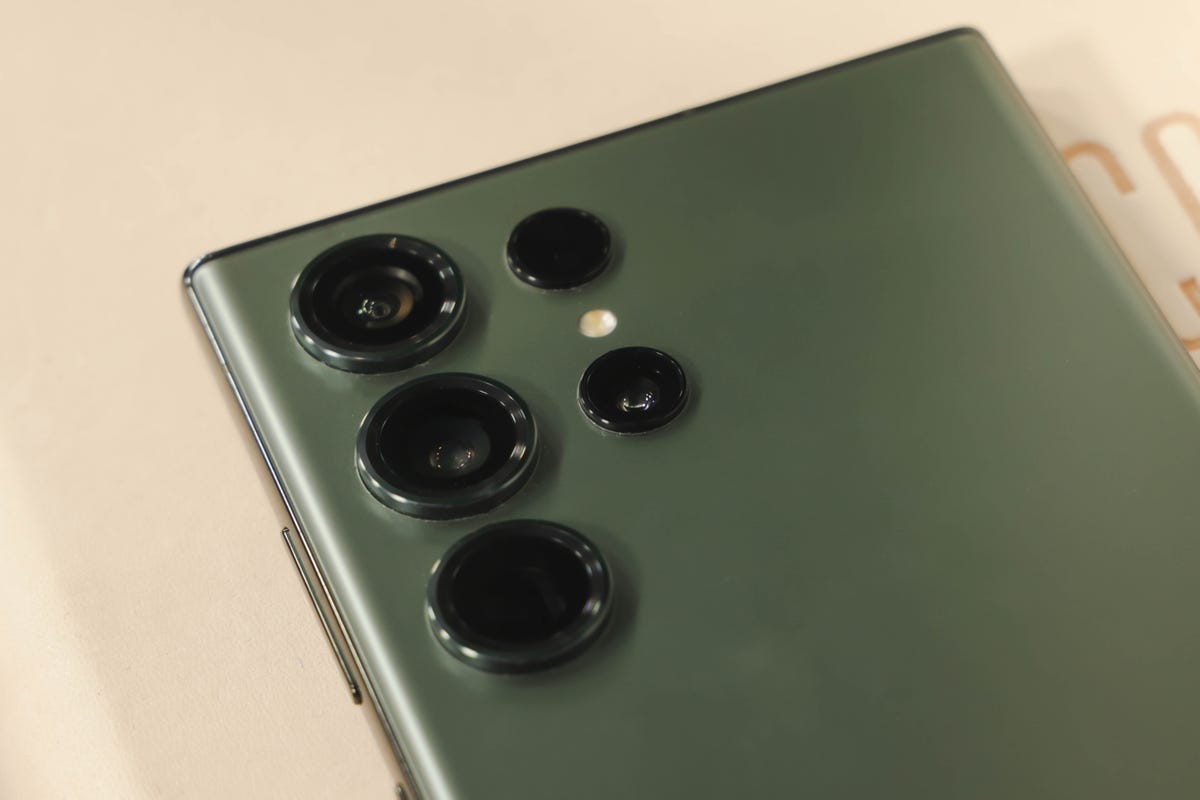
The Galaxy S23 Ultra’s cameras
Bobby Oliver/CNET
The Galaxy S23 Ultra has four cameras just like the Galaxy S22 Ultra, but the main sensor has an upgraded resolution of 200 megapixels instead of 108 megapixels. There’s also a 12-megapixel ultrawide camera and two 10-megapixel telephoto lenses, one with 3x optical zoom and the other with 10x.
Behind-the-scenes upgrades to dynamic range should also result in more accuracy when capturing the light and dark areas in video recordings. But it seems like these improvements are noticeable in photography, too.
My biggest takeaway so far is the way the S23 Ultra takes flattering portraits in low light. The photo below of my colleague Claire Reilly was taken in a very dim podcast studio in CNET’s San Francisco office. It was her favorite of the bunch when compared to similar photos I took of her with the Pixel 7 Pro and Galaxy S22 Ultra.
She said the lighting and color in the S23 Ultra’s photo made her face look “radiant” and is comparable to the way she looks in CNET videos that she films on a Sony ZV-1 camera with a professional lighting setup. The Pixel 7 Pro’s photo, by comparison, made her skin tone look muddier. The sequence on her sweater also looks more colorful in the S23 Ultra’s photo than in pictures taken with the Galaxy S22 Ultra and Pixel 7 Pro. (Note: The Galaxy S23 Ultra photos below aren’t displayed at their full 200-megapixel resolution because of the large file sizes.)
The Galaxy S23 Ultra also excelled under mixed lighting and captured vibrant photos, as shown in the image below taken in CNET’s kitchen. But whether the photo is better than pictures taken on the Pixel 7 Pro or Galaxy S22 Ultra depends on your preference. For example, Claire said the Galaxy S23 Ultra’s bolder colors made the photo look less natural than the Pixel 7 Pro’s, despite the Pixel’s image having harsher contrast and more severe shadow lines in the face.
When it comes to selfies, Samsung says the phone should have better dynamic range and object segmentation. That means the camera should be smarter about separating the subject from the background, as well as distinguishing other fine elements like strands of hair. You can also access manual controls for the front camera in pro mode or take selfies with the Expert Raw app. Raw capture saves full, unretouched versions of images and should offer more flexibility when editing.
So far, I haven’t noticed a huge difference in selfie quality. In fact, I prefer the Galaxy S22 Ultra’s selfie over the S23 Ultra’s in the images below. That said, the Galaxy S23 Ultra’s selfie is much brighter than the Pixel 7 Pro’s photo. I also intentionally took this photo in challenging lighting conditions to see how it handles a mix of dim indoor lighting and natural light.
Keep in mind that these are just a few early camera examples. Our full review will have more photos and videos.
Galaxy S23 Ultra design: Just as big, and just as beautiful
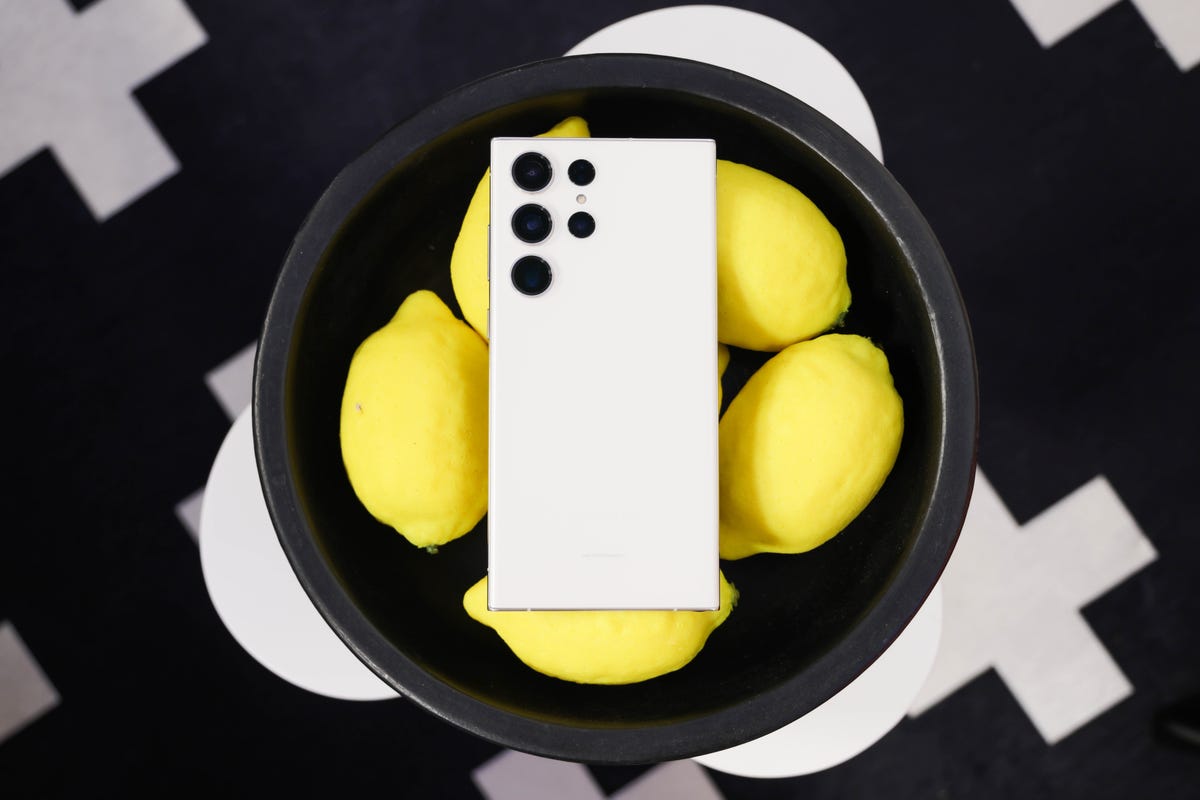
The Galaxy S23 Ultra
Bobby Oliver/CNET
The Galaxy S23 Ultra looks almost identical to the Galaxy S22 Ultra. It has the same boxy shape, which sets it apart from the regular Galaxy S23 and other Android phones. The only major aesthetic difference is its color; the Galaxy S23 lineup is available in cream, green, lavender and black, while its predecessor came in burgundy, green, white and black in addition to a few Samsung-exclusive colors. I’ve been using the cream version so far, which looks sleek and eye-catching.
The Galaxy S23 Ultra has a 6.8-inch screen that seems just as bright and vibrant as its predecessor’s, although it’s a tad large for my taste. It’s too soon to tell how long the Galaxy S23 Ultra’s battery will last on a single charge, but my review unit dropped to roughly 90% around lunchtime after starting the day at 100%.
Overall, the Galaxy S23 Ultra seems promising, particularly for photographers and videographers, but I have to put it through more testing to know for sure. I’ll have more details on the Galaxy S23 Ultra’s camera, battery life and performance in our full review.
#Day #Galaxy #S23 #Ultra
